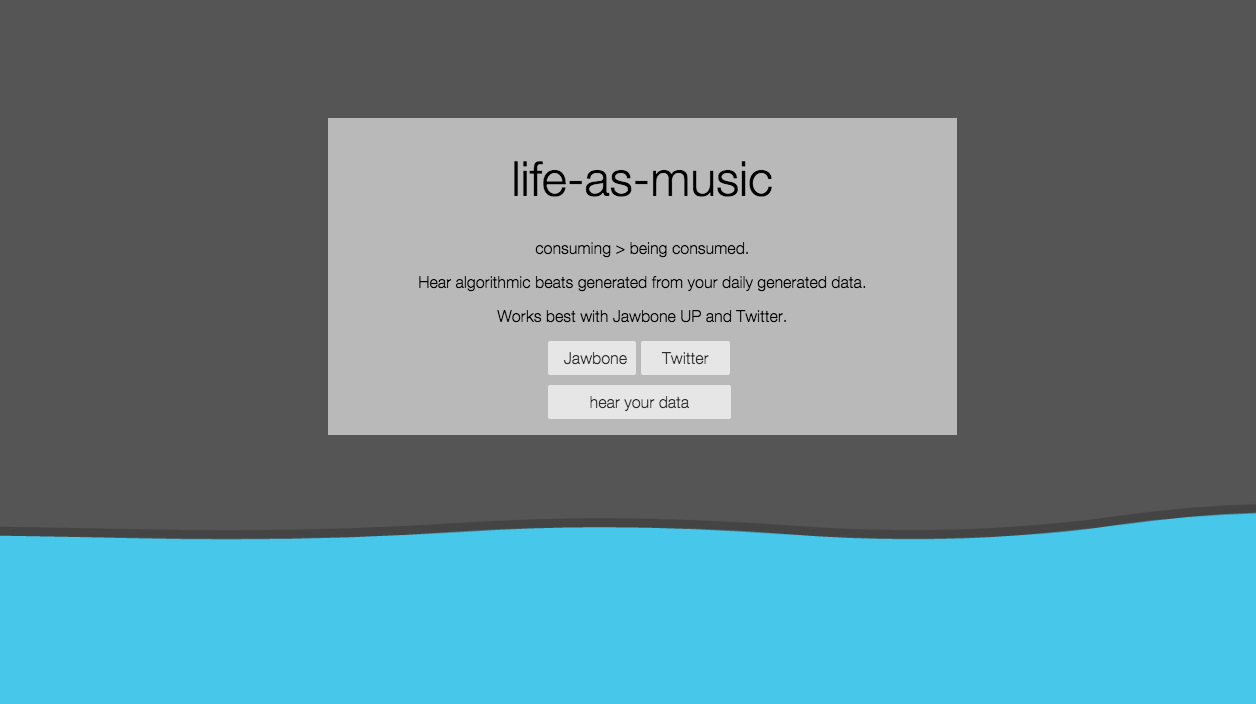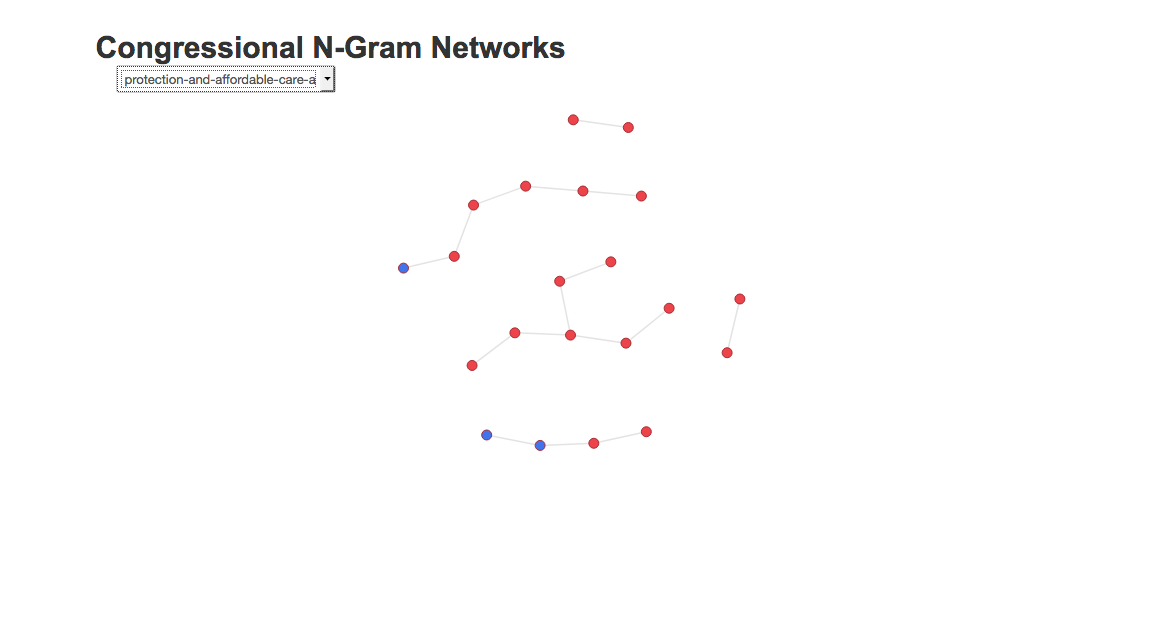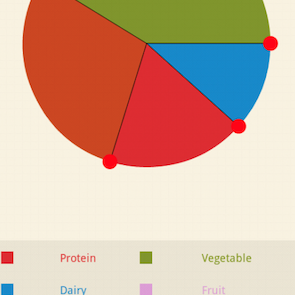
Hi, I'm Dan Calacci
I'm a PhD student at the Human Dynamics group at the MIT Media Lab.
I've worked in the intersections of computational social science, machine learning, city science, and science & technology studies.
Right now, I'm focusing on building data-sharing tools for informal groups of workers to increase wage transparency and build power, especially for platform workers.
I have a new preprint available, for a mixed-methods paper we submitted to CSCW this year arguing that Ring Neighbors is used to racially gatekeep communities in Los Angeles and beyond.
CSCW 2022
July 2021
I released a report showing that Shipt's new "black box" payment algorithm is paying 40% of their workers less, using a texting bot that aggregated pay data from workers
Oct. 2020
I gave an hour-long talk at HOPE 2020 on how I "hacked" the Ring Neighbors app to partially uncover the breadth of Amazon Ring's growing surveillance network
HOPE 2020
Oct. 2020
I presented early results using statistical methods to estimate which U.S. counties are more likely to use the Ring Neighbors platform at IC2S2 2020. You can find a PDF of the extended abstract here.
ic2s2 2020
I wrote an article for Gizmodo arguing that we need to have a more public discussion about using surveillance to manage the COVID-19 pandemic. If we don't approach these tools right, we might end up with a stronger surveillance state lingering well after the pandemic ends.
Gizmodo
Apr. 2020
A map I made as part of an ongoing research project to understand how communities surveil themselves was featured in a piece in Gizmodo by Dell Cameron and Dhruv Mehrotra. Also covered in Cory Doctorow's newsletter.
Gizmodo
Dec. 2019
A mixed-media exhibition I created as part of our Atlas of Inequality project was exhibited for a month in the National Museum of China. It featured four large-format prints and an interactive exhibit.
National Museum of China
Oct. 2019
This year I'll be hosting a session at MozFest on the location data market, and how the use of "private" location data for public good is a bit problematic. We'll also be brainstorming alternate data governance mechanisms!
Mozfest
Oct. 2019
I testified alongside Gabriel Teninbaum, EPIC Policy Director Caitriona Fitzgerald, MIT Researcher Karthik Dinakar, and ACLU's incredible Kade Crockford, among others.
MA Statehouse
Sep. 2019
- All the Halloween videos posted to Ring's Neighbors app, mapped
- Testifying for H.2701 in the MA Legislature: a committee to audit government use of AI systems
- SF DA's office is adpoting an old definition of algorithmic fairness
- Automatically connecting to remote R sessions in Emacs using ESS
- Data For Refugees: notes on the Syrian Refugee Crisis in Turkey
- Training n-gram Language Models on Congressional Speech Data
- An App That Tells You How Boring You Are
Using spatial regression modeling and computational grounded theory, we find evidence that the Ring Neighbors app is often used to racially gatekeep neighborhoods through a national study of the platform's usage and a case study of Los Angeles. We ground our discussion in surveillance studies, the history of the "neighborhood watch", and studies of prosumer relations.
Dan Calacci, Jeffrey Shen, Alex (Sandy) Pentland
Submitted to CSCW 2022
We introduce a Schelling extension of a well-known mobility model that helps show that experienced income segregation is associated with people's tendency to explore new places, as well as places with visitors from different income groups. We describe these tendencies as "place exploration" and "social exploration", respectively, and find that they are nearly independent from one another. Mobility behavior plays an important role in the experienced segregation of most individuals.
Esteban Moro, Dan Calacci, Xiaowen Dong, Alex (Sandy) Pentland
Forthcoming, Nature Communications
We give concrete examples of how location data collected from mobile phones is used in the marketplace and could be used for public interest work. We offer a critique of existing privacy & risk literature that characterizes 'utility' and 'risk' as just attributes of data, rather than use. We then explore a bit about how location data collected from mobile phones by Location Based-Service providers is quite different from historical location data sources.
Dan Calacci, Alex Berke, Kent Larson, Alex (Sandy) Pentland
Oxford/LSE Connected Life 2019, Data and Disorder
We used lessons from collective intelligence of human groups to inform the design of evolutionary optimization algorithms for deep reinforcement learning tasks. Human-inspired, sparse network topologies provide a multiplicative effect on learning speed and performance in a benchmark reinforcement learning task over the state of the art.
Dhaval Adjodah, Dan Calacci, Abhimanyu Dubey, Yan Leng, Peter Krafft, Esteban Moro, and Alex (Sandy) Pentland
NIPS, Fall 2017, poster
Using high-resolution location data collected from mobile phones, we develop a novel measure of social activity-space segregation in urban space. We find that different categories of places exhibit different segregation patterns, and that exposure to people of different income and race is mediated by the median income of a users' home census tract.
Dan Calacci, Esteban Moro, Xiaowen Dong, and Alex (Sandy) Pentland
CCS 2017, talk
We developed an open-source set of tools that are capable of augmenting and measuring face to face communication between people at scale.
Dan Calacci, Oren Lederman, David Shrier, and Alex (Sandy) Pentland
SBP-BRiMS 2016, poster
We developed an open-source set of tools that are capable of augmenting and measuring face to face communication between people at scale.
Dan Calacci, Oren Lederman, David Shrier, and Alex (Sandy) Pentland
SBP-BRiMS 2016, poster
Using simple unsupervised machine learning techniques to discover the dynamics of political "framing" between parties and congresspeople. We found that Republicans tend to have higher party discipline, that they tend to talk more about economy and budget, and that Democrats have a more varied set of common vocabulary.
Oren Tsur, Dan Calacci and David Lazer
ACL 2015, talk
Using topic modeling and autoregressive distributed lag models to make sense of the public statements released by congresspeople.
Computational Journalism @ Columbia, 2014, poster
Using sentiment analysis to understand the networked naming relations between actors accused of being communists during the McCarthy era.
Dan Calacci, Oren Tsur, and David Lazer
ACL 2014, poster

Segregation is more than just where you live.
Built With: Node, Carto, React
Spring 2019

Submision for Hack MIT 2014, won "Best use of Jawbone UP API". Turn data you generate daily into an experience you can consume. Life as Music is a generative algorithm that creates original music from your twitter and jawbone UP fitness data.
Built With: Flask, Overtone
Fall 2015

This was created as part of a research project to map the similarities between congresspeople's language. Each node is a congressperson, and a link between congresspeople indicates that they said that same phrase within 3 weeks of one another.
Built With: d3
Fall 2014

An interactive visualization of Boston's Hubway bike sharing system. Each node is a hubway station, and there's an edge between two stations if there were more than 50 trips between them in the dataset. Colors represent communities detected by the Louvain community detection algorithm.
Built With: d3 and flask
Summer 2014

I trained a simple n-gram model on the public statements of all congresspeople from 2014, with some fun results.
Built With: Flask
Spring 2014

Most Innovative at Hack Beanpot 2014. Adventur uses an n-gram based geotrace model to predict your future movements and quantify how predictable you are. It then uses this information to help you become more adventurous by recommending new places to visit that will optimize your "adventurousness" score.
Built With: Angular, Flask, Mongo
Spring 2014

A way to quickly and easily log meals. Built for a class final project, the design of this app was developed through paper prototyping and extensive user testing.
Built With: Android and a key-value store
Winter 2012